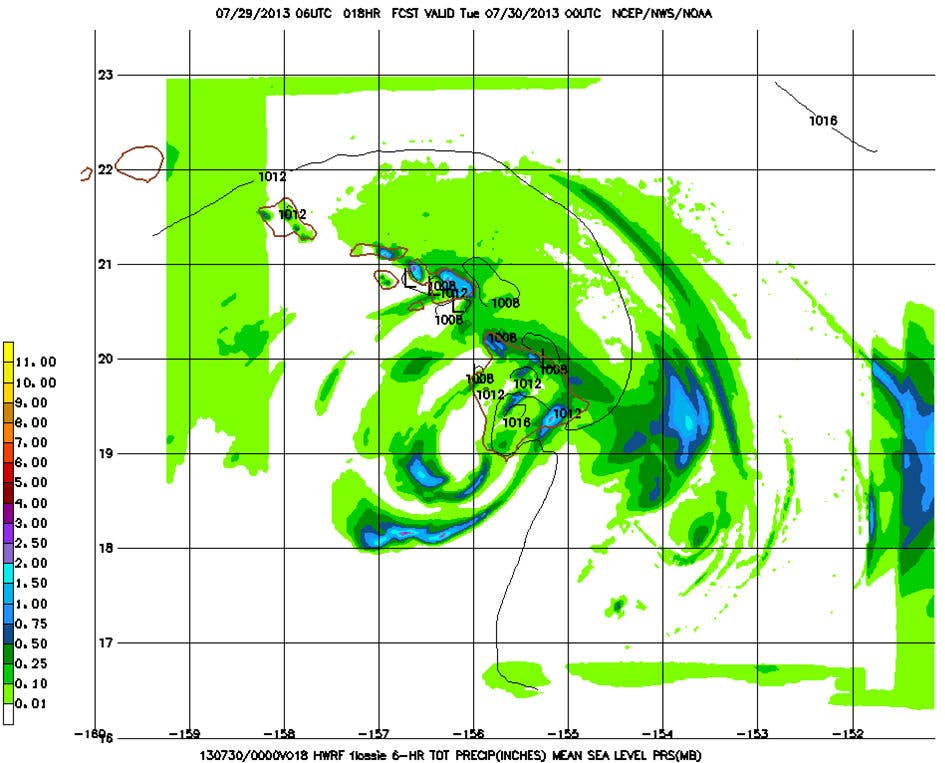NWS Upgrades Boost Aviation Weather Forecasting
The National Weather Service has begun a series of major upgrades to its computing power that should provide a “quantum leap” in forecast capabilities, the agency said recently. “Whizzing through 213 trillion calculations per second, newly upgraded supercomputers … are now more than twice as fast in processing sophisticated computer models to provide more accurate forecasts further out in time,” NWS said in a news release. “These improvements are just the beginning,” said Louis Uccellini, director of the NWS. “They lay the foundation for further computing enhancements and more accurate forecast models that are within reach.”

Image: NOAA
The National Weather Service has begun a series of major upgrades to its computing power that should provide a "quantum leap" in forecast capabilities, the agency said recently. "Whizzing through 213 trillion calculations per second, newly upgraded supercomputers … are now more than twice as fast in processing sophisticated computer models to provide more accurate forecasts further out in time," NWS said in a news release. "These improvements are just the beginning," said Louis Uccellini, director of the NWS. "They lay the foundation for further computing enhancements and more accurate forecast models that are within reach."
The recent upgrades boosted the weather service's supercomputers from 90 teraflops to 213 teraflops of computing speed -- each teraflop is equal to one trillion calculations per second. "These upgrades are a game-changer for the entire public and private weather industry," Uccellini said. "In addition to the benefits to our own forecasters and products, we will provide our private-sector partners with better information to empower them to enhance their services." The next upgrade, expected to be completed by summer 2015, would boost the computing power to 1,950 teraflops. "That gives us the necessary computer power to run an enhanced version of our primary forecast model, the Global Forecast System," said Uccellini. According to NBAA, aviation users will first see improvements in thunderstorm forecasts, and also in the detail and speed of weather data. "In two or three years, todays preflight weather planning products may be remembered as inefficient or sluggish," NBAA said.

Newsletter
Aviation news and product reviews for pilots from a fully independent online aviation news service.






